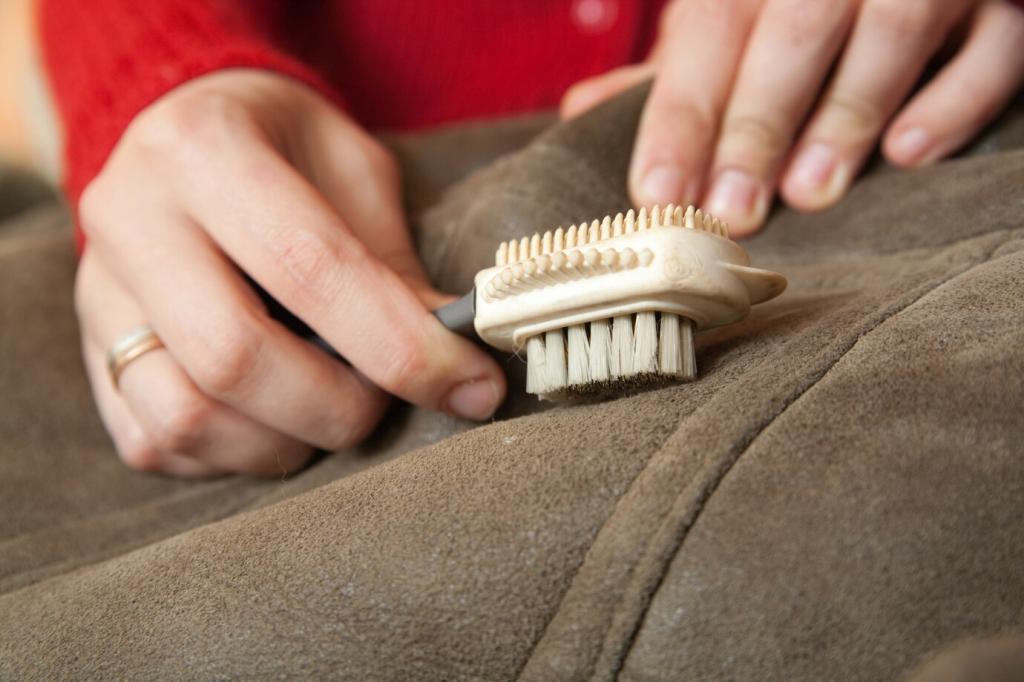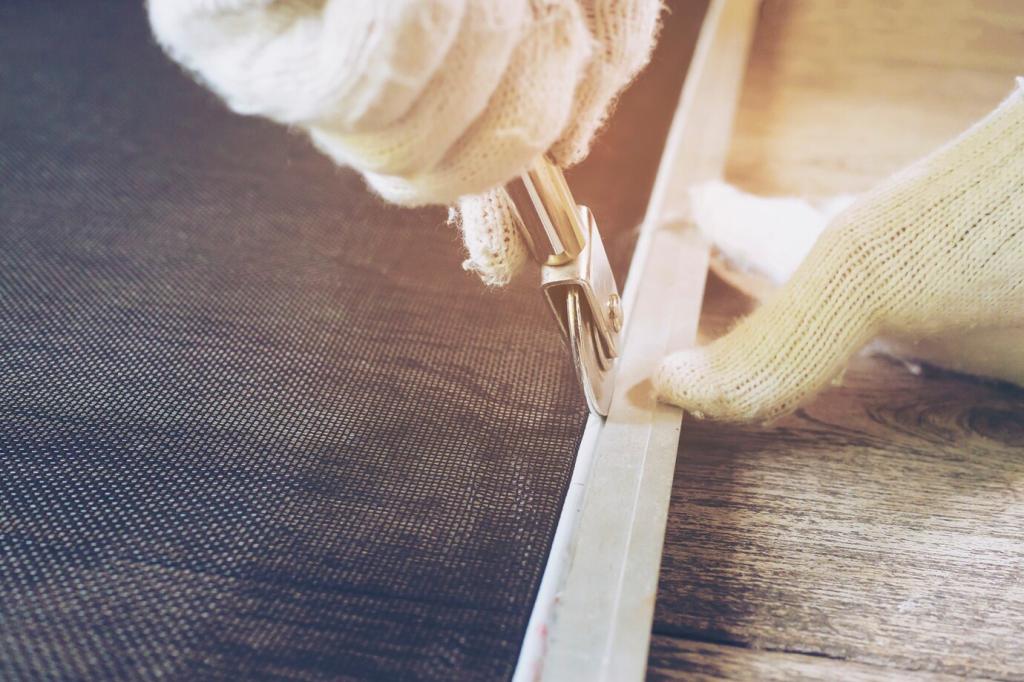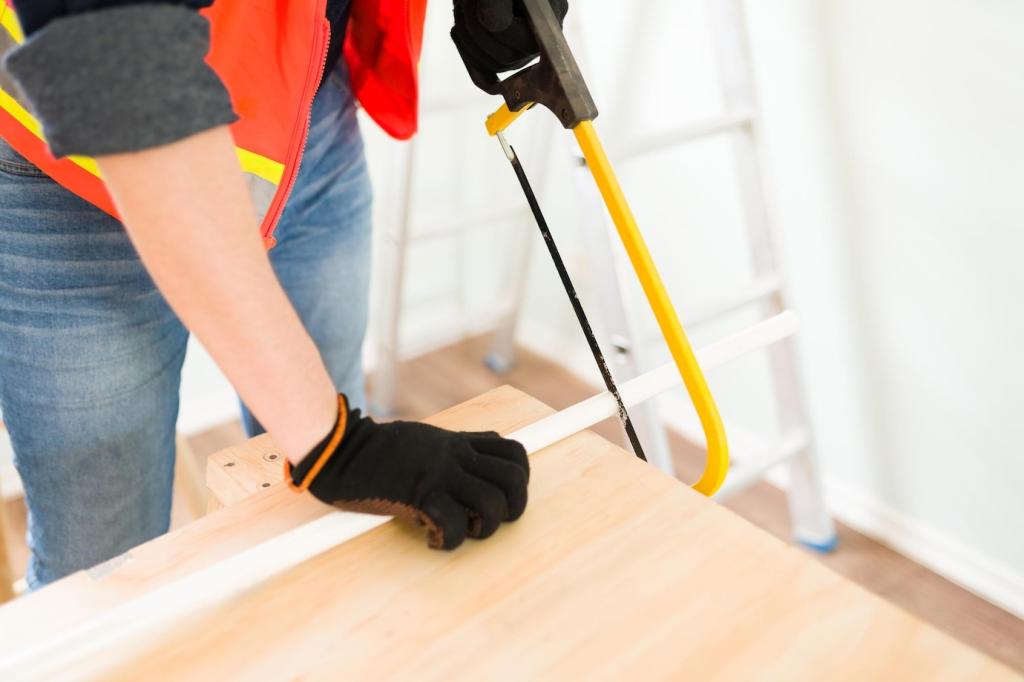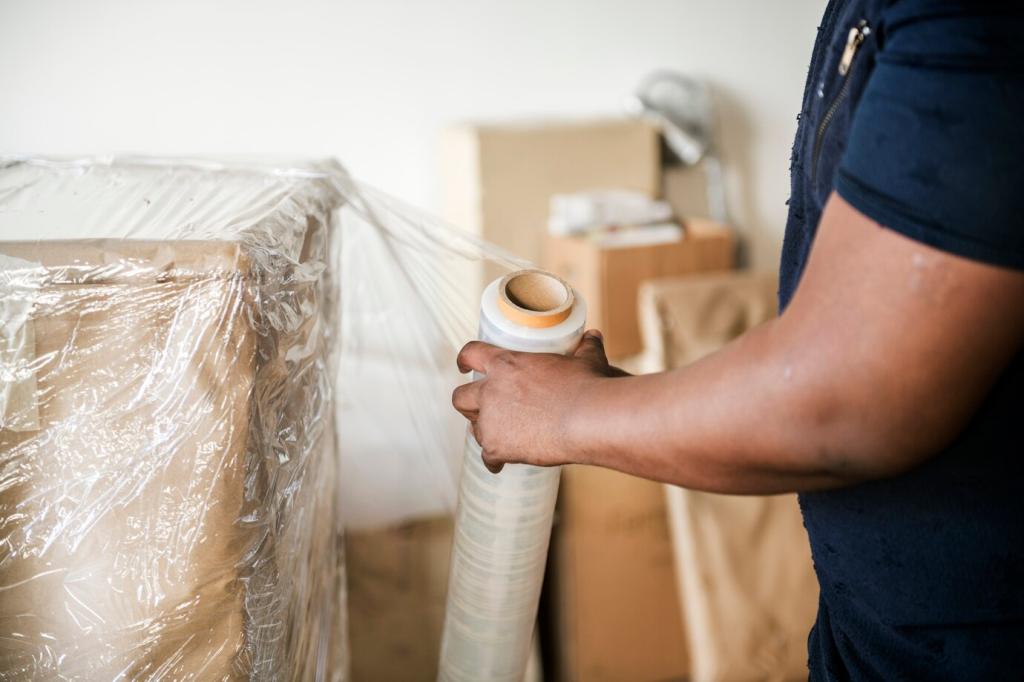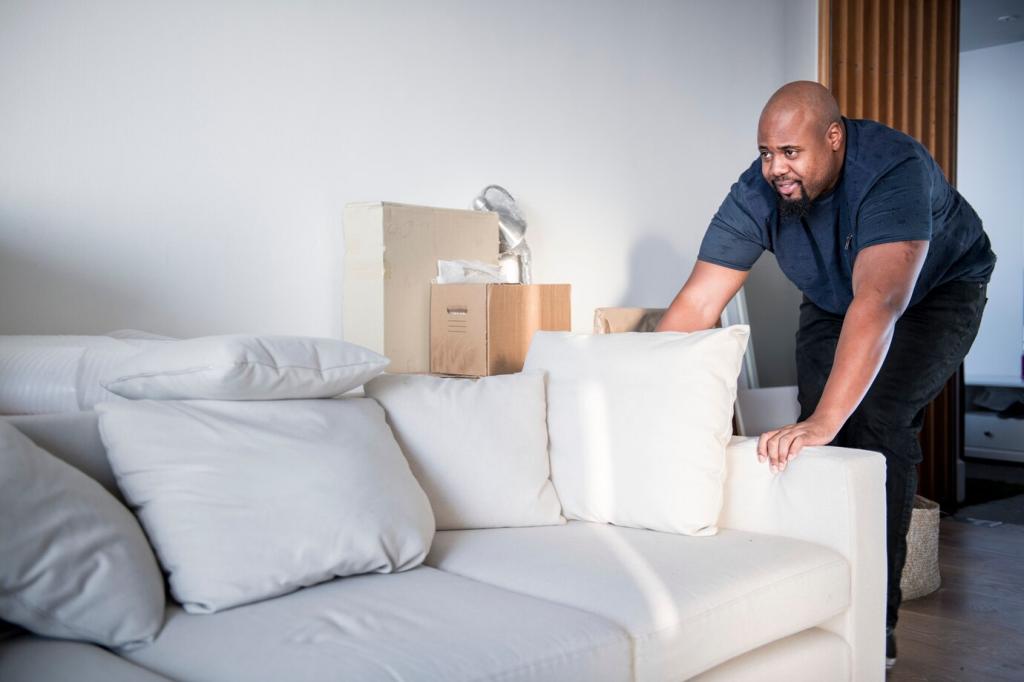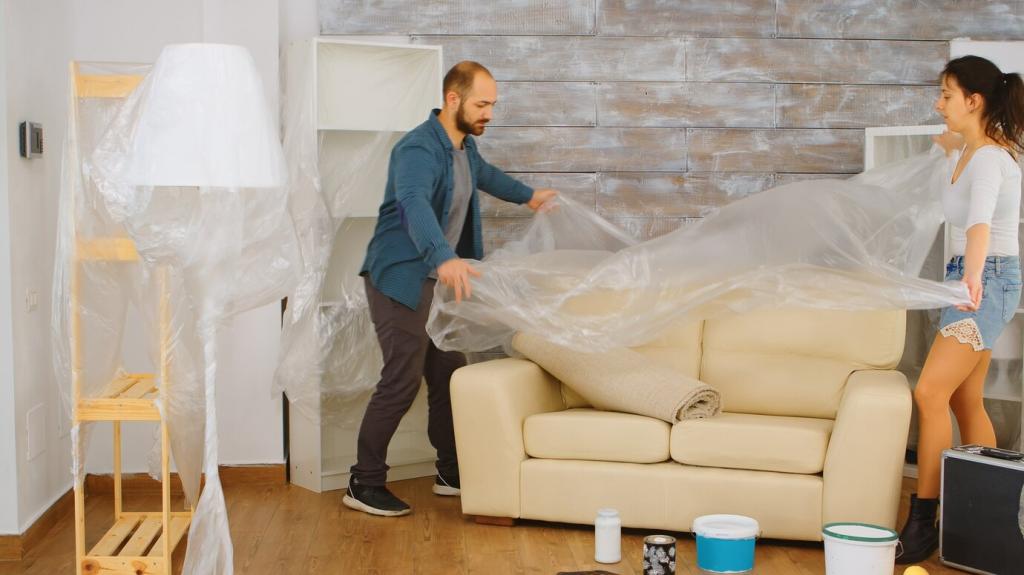Care, Maintenance, and Simple Upgrades
Use soft microfiber cloths and pH-neutral cleaners; avoid abrasive pads and gritty dust that act like micro-sandpaper. Gentle, consistent care helps the nano layer do its job, minimizing swirl marks and preserving that just-installed clarity across busy seasons and celebrations.
Care, Maintenance, and Simple Upgrades
Some nano finishes feature self-healing at mild temperatures, softening micro-marks with controlled warmth or sunlight. For deeper blemishes, light sanding and a compatible top-up coat can restore continuity. Always spot-test and follow manufacturer guidance to maintain warranty and performance.

